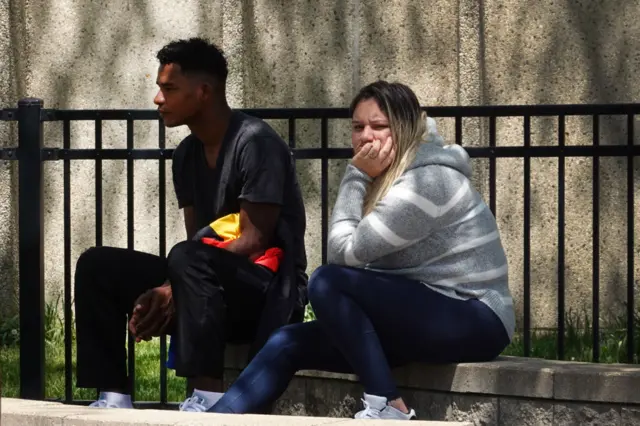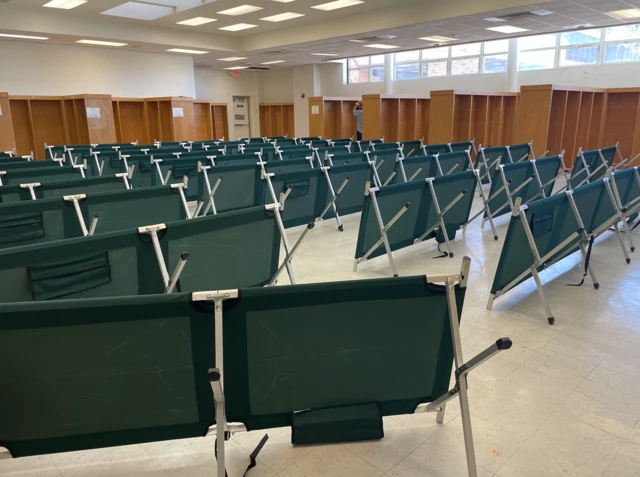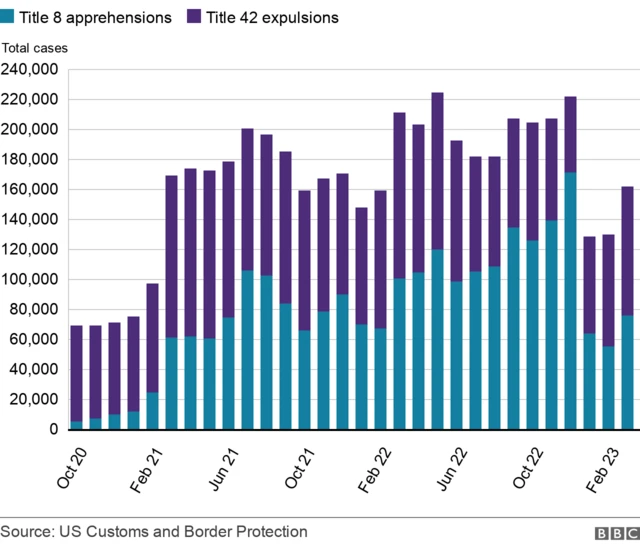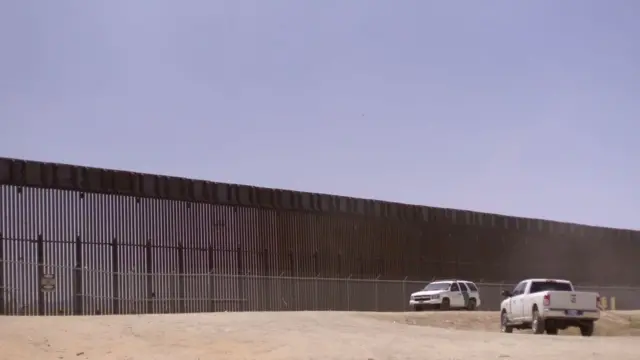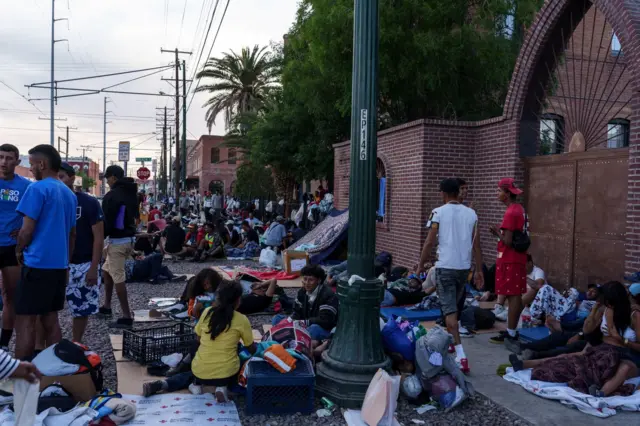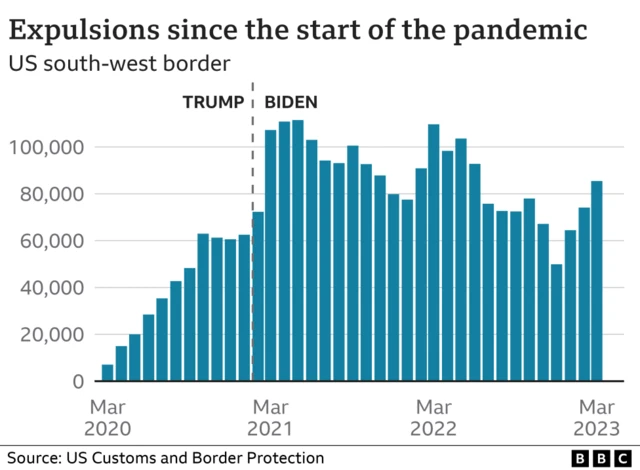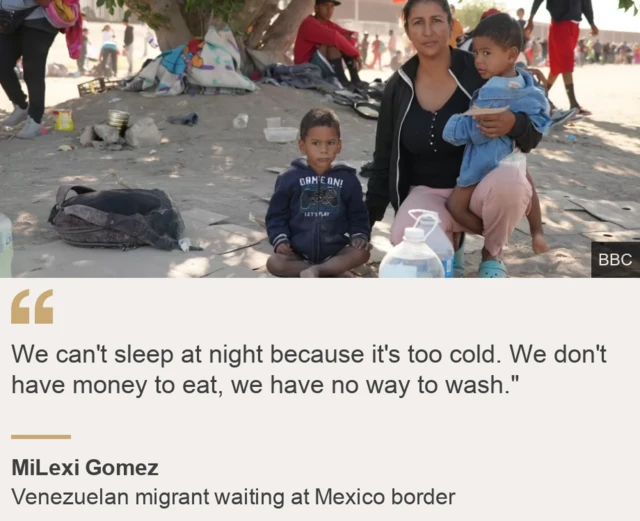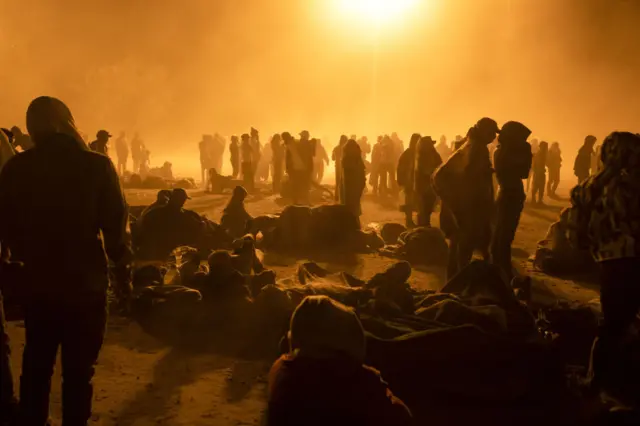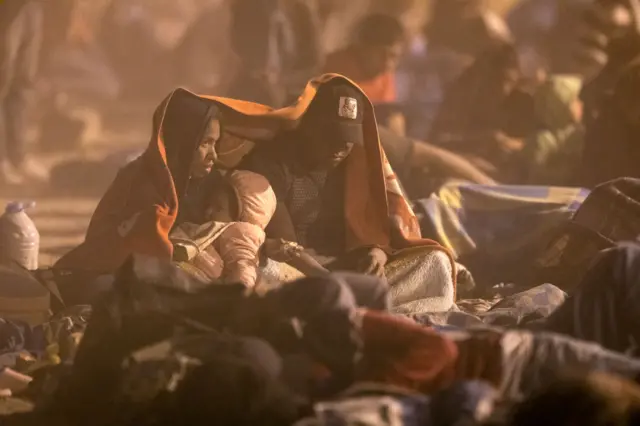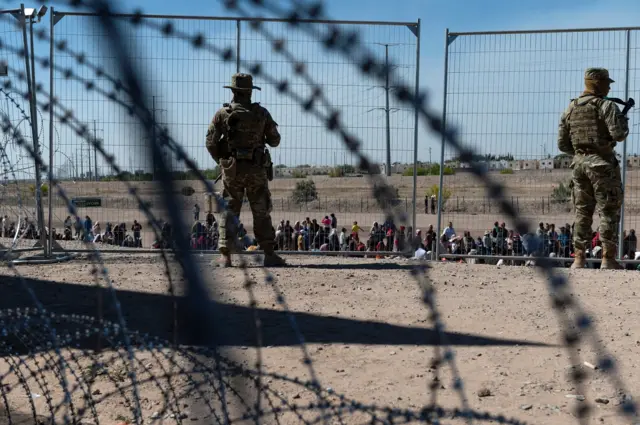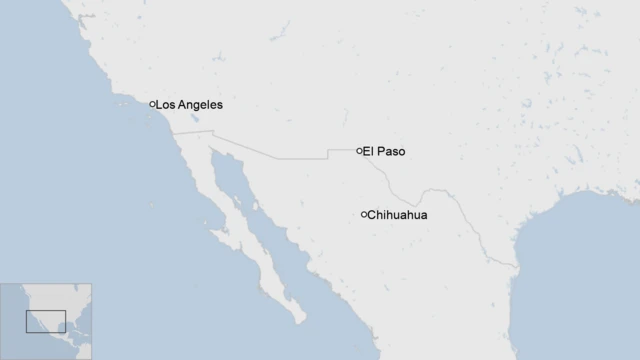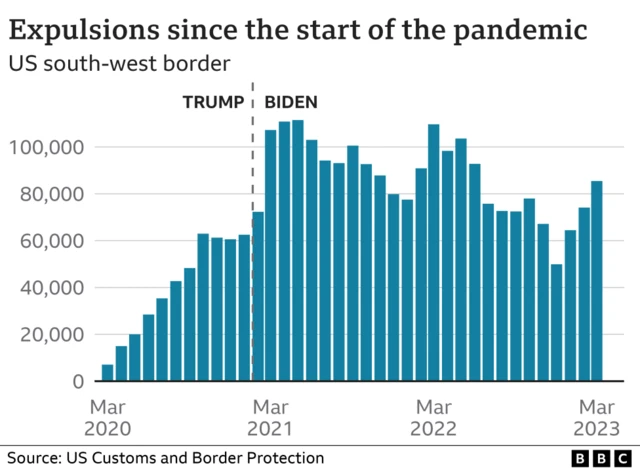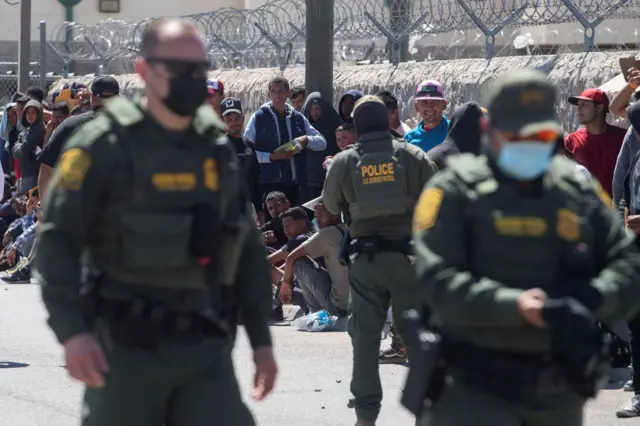Let's get into the politicspublished at 18:22 BST 11 May 2023
 Marianna Brady
Marianna Brady
Live reporter
The border may be thousands of miles away, but Washington is abuzz with talk of the border today as the Title 42 policy is set to expire at midnight tonight.
Democrats in Congress are holding a press conference addressing the border.
And a White House press briefing has just started with fresh warnings to migrants who seek to enter the US, as well as a call for patience.
We'll step away from the border for a bit as we have a look at what's going on in the capital to deal with the looming migrant crisis.

